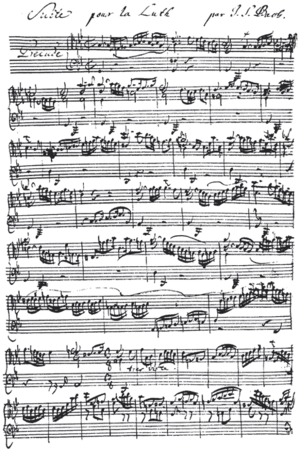 Global Information
Global InformationMusical notation information

Musical notation is any system used to visually represent auditorily perceived music, played with instruments or sung by the human voice through the use of symbols, including notation for durations of absence of sound such as rests. For this reason, the act of deciphering or reading a piece using musical notation, is known as "reading music".
The types and methods of notation have varied between cultures and throughout history, and much information about ancient music notation is fragmentary. Even in the same time frames, different styles of music and different cultures use different music notation methods; for example, classical performers most often use sheet music using staves, time signatures, key signatures, and noteheads for writing and deciphering pieces. But even so, there are far more systems just that, for instance in professional country music, the Nashville Number System is the main method, and for string instruments such as guitar, it is quite common for tablature to be used by players.
The symbols used include ancient symbols and modern symbols made upon any media such as symbols cut into stone, made in clay tablets, made using a pen on papyrus or parchment or manuscript paper; printed using a printing press (c. 1400s), a computer printer (c. 1980s) or other printing or modern copying technology.
Although many ancient cultures used symbols to represent melodies and rhythms, none of them were particularly comprehensive, which has limited today's understanding of their music. The seeds of what would eventually become modern Western notation were sown in medieval Europe, starting with the Christian Church's goal for ecclesiastical uniformity. The church began notating plainchant melodies so that the same chants could be used throughout the church. Music notation developed further during the Renaissance and Baroque music eras. In the classical period (1750–1820) and the Romantic music era (1820–1900), notation continued to develop as new musical instrument technologies were developed. In the contemporary classical music of the 20th and 21st century, music notation has continued to develop, with the introduction of graphical notation by some modern composers and the use, since the 1980s, of computer-based score writer programs for notating music. Music notation has been adapted to many kinds of music, including classical music, popular music, and traditional music.